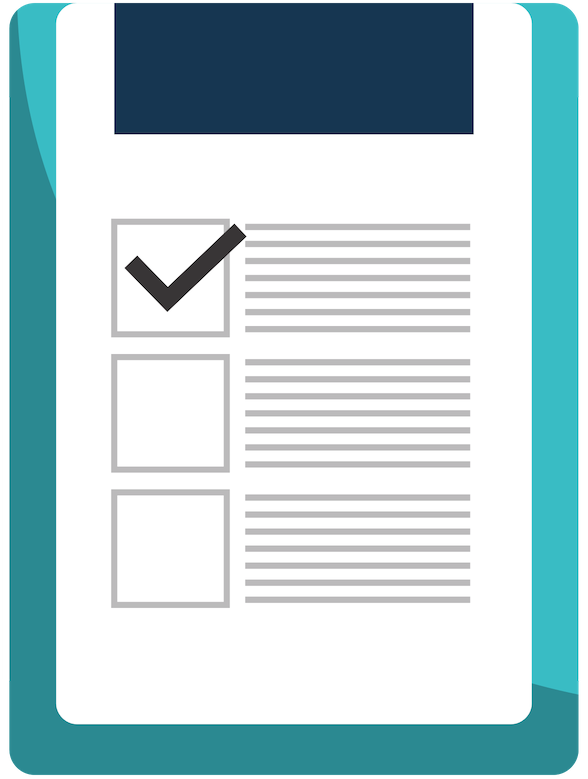
To provide better management and control of environmental variables that may affect research integrity, the Animal Care & Use Program has introduced two new guidelines to formalize the cleaning process for all equipment that does NOT go to cagewash.
The Guidelines for Manual Sanitization of Caging and Equipment outline new procedures for hand washing all caging and equipment that comes into direct contact with a live animal.
Examples of specific equipment for which these guidelines are applicable include, but are not limited to:
- Behavioral apparatus(es)
- Anesthetic chamber(s)
- Euthanasia chamber(s)
- Post-mortem tools (e.g., CO2 chambers), which must be cleaned, but do NOT require sanitization
Equipment sanitization and cleaning is described as:
- Minimizing the soiling of equipment when animals are present by changing materials (e.g., paper towel or corncob bedding) between animals
- Removing gross debris between animals
- Sanitizing caging and/or equipment between experiments
- Use of appropriate, non-expired sanitization chemicals, chemical solutions, and/or sanitization wipes**
Additional information, including a detailed list of recommended sanitizing solutions and chemical concentrations, can be found in the new guidelines.
All research personnel should read these guidelines to familiarize themselves with the new procedures, and to ensure that they understand their roles and responsibilities for the manual sanitization of caging and equipment.
**Note: As a general rule, labs may use whatever sanitization materials they deem appropriate as long as they have been discussed with the facility’s ULAM Faculty Veterinarian and are used in accordance with manufacturer instructions.

Validating Appropriate Sanitization of Caging and Equipment
In the interest of increased programmatic transparency, the new Guidelines for Validation of Mechanical and Manual Sanitization of Caging and Equipment provide clear expectations for ensuring that all caging and equipment has been appropriately sanitized, whether manually or mechanically washed.
Applicable to both research personnel and ULAM husbandry staff, the guidelines outline specific procedures for:
- Sampling locations on various types of equipment that is either manually or mechanically washed,
- Appropriate sanitization testing methods and follow-up, and
- Validation frequency.
Caging and equipment must show at least a 90% reduction in Adenosine Triphosphate (ATP) levels once sanitized. All testing results will be reviewed by a designated ULAM Faculty Veterinarian and the Animal Safety Coordinator, who are also available to provide guidance and assistance to labs having difficulty with their testing.
All research personnel should read the new guidelines to familiarize themselves with the new testing procedures, and to ensure that they understand their roles and responsibilities for conducting and submitting equipment sanitization testing.

Where to Get Additional Assistance
Understanding that it will take time to implement and adjust to these new procedures, we are offering several avenues of assistance to support labs with this transition:
- Quality Assurance (QA) Specialists from the Animal Care & Use Office will be discussing the guidelines with labs during their regularly scheduled QA visits
- ULAM Faculty Veterinarians are available to assist and advise labs on appropriate disinfection selection and testing techniques
- Lisa Steiner, Animal Safety Coordinator, will begin visiting labs on a regular basis to provide education and support on caging and equipment sanitization
If you have questions or concerns about either of these new guidelines, or about caging and equipment sanitization and testing, please reach out to your ULAM Faculty Veterinarian. You may also request an in-person consultation/lab visit by emailing Lisa Steiner at [email protected].